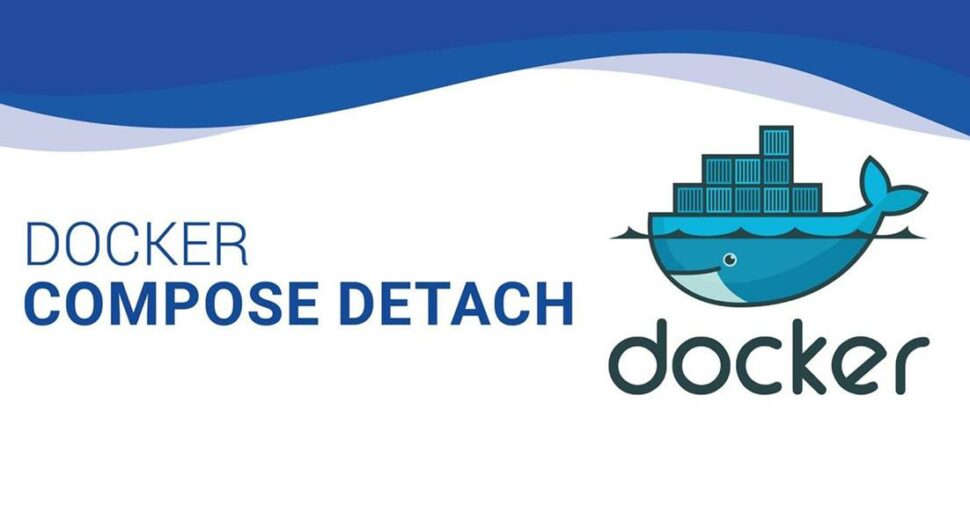Docker Compose Detached Modes Explained
Understanding Detached Mode
Docker Compose Detached mode allows containers to run in the background, separate from the terminal. It enables you to manage multiple services concurrently and keeps them running even after closing the terminal. This mode is ideal for production environments where services need to operate independently.
Using Docker Compose Detached Mode
To run Docker Compose in disconnected mode, we use the ‘docker-compose up’ command with the ‘-d’ or ‘–detach’ option. With this easy addition, our containers will run in the background, so we can do other things while the services run.
markdown docker-compose up -d - or - docker-compose up --detach
When you run the above command, the containers will start up in the background, and the console will show you what their names are. So, you can keep an eye on which services are working without changing how your computer receives and sends data.
Docker Detached Mode
When the ‘-d’ or ‘–detach’ flag is used, a Docker container runs silently in the background. The difference between the Detached mode and the Interactive mode is that the Detached mode doesn’t take or show any input or output. Using the ‘docker run’ command, the code to start a container in Detached mode would be:
markdown docker run -d IMAGE
Working on multiple files at the same time is easier in separate mode. With “docker ps,” you can see what containers are running, and if you need to, you can rejoin the terminal to take control of a container’s input and output again.
Comparing Detached Mode and Interactive Mode
In Detached mode, the ‘-d’ flag comes after the ‘run’ or ‘up’ command. It’s important to know that you don’t need to use the ‘-t’ and ‘-i’ flags for interactive mode when you use ‘docker-compose run’ because this is already taken care of. The ‘-t’ flag can still be used to add tty to individual containers in a Compose file, but the ‘-i’ flag can’t be used to handle multiple containers at once.
Trying to get people to use “docker-compose up” rather than “docker-compose run”
Both ‘docker-compose up’ and ‘docker-compose run’ can run containers in the background, but ‘up’ is better when there are multiple containers. This is because ‘up’ makes sure that all containers in the file start up smoothly with just one word. This makes the process easy to understand and deal with.
Conclusion
With the help of our Docker hosting support services, we have now learned more about docker-compose detached and how to configure it to use the docker detach mode in just a few easy steps.
